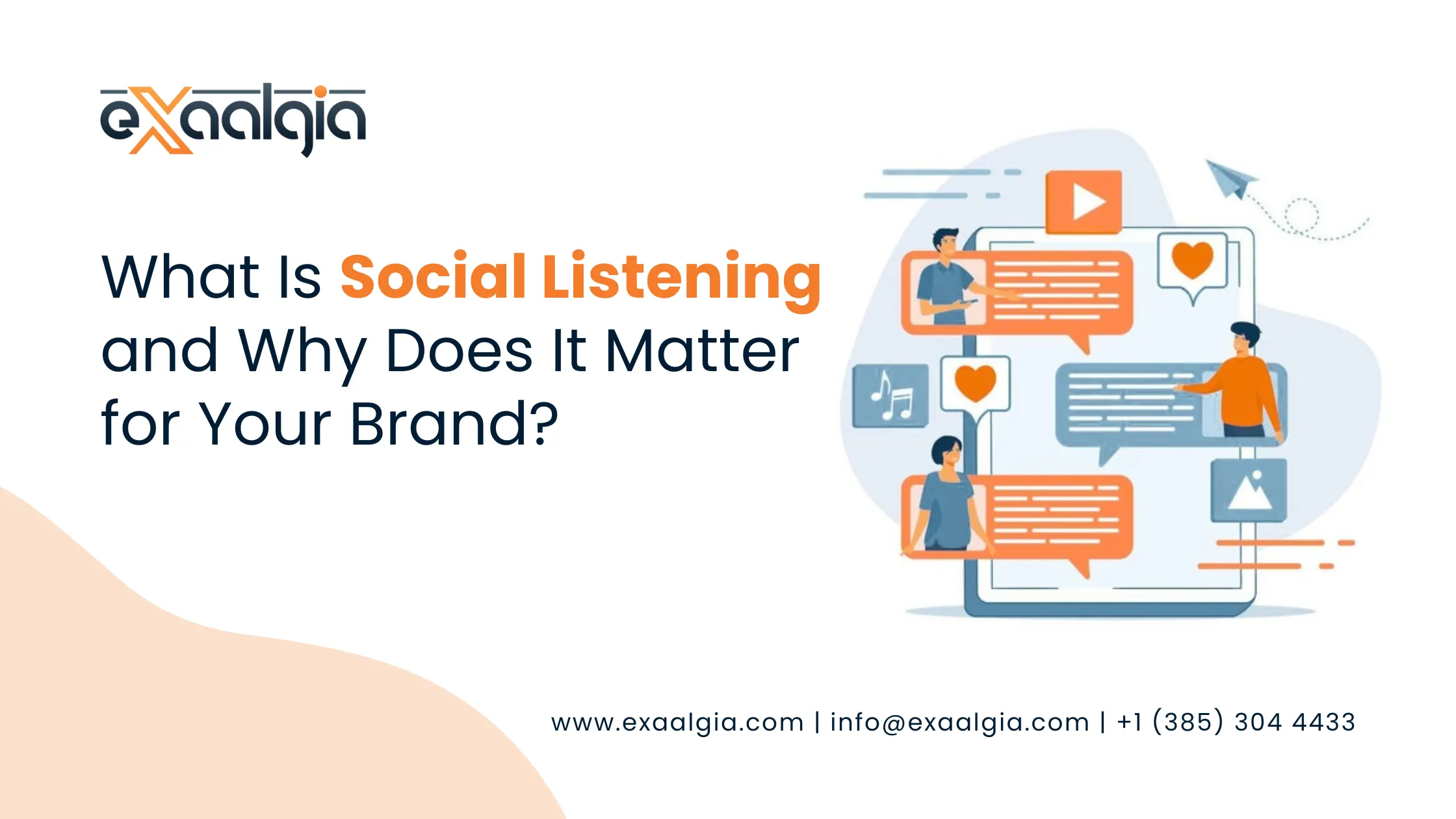In this guide, we’ll dive into what toxic backlinks are and uncover 7 surprising ways they could be quietly sabotaging your website — without you even noticing.
What Are Toxic Backlinks?
Toxic backlinks are links from low-quality, spammy, or irrelevant websites that negatively impact your SEO. Google sees these links as manipulative or unnatural. Instead of helping your site’s authority, they flag it as suspicious — resulting in ranking penalties or visibility drops.
These bad backlinks usually come from:
- Spammy directories or link farms
- Sites penalized or de-indexed by Google
- Irrelevant foreign domains
- Automated backlink tools
- Paid links or PBNs (private blog networks)
7 Surprising Ways Toxic Backlinks Are Harming Your Site
1. Dragging Down Your Google Rankings
Search engines evaluate your backlink profile to determine credibility. When too many toxic backlinks point to your site, Google interprets it as an attempt to manipulate rankings. This results in lower search visibility or even algorithmic penalties.
Surprise Factor: You may not even notice the gradual dip in rankings until your organic traffic starts drying up.
2. Triggering Google Penalties (Manual or Algorithmic)
Sites with spammy link profiles may receive:
- A manual penalty (a direct action by Google’s team)
- Or an algorithmic penalty (automatically through updates like Penguin)
Either penalty can crush your rankings, often requiring weeks or months of recovery time.
Surprise Factor: Penalties aren’t always announced; you might only notice traffic loss.
3. Reducing Your Domain Authority
Toxic backlinks can dilute your overall link equity. If your site is receiving more low-quality links than high-authority ones, tools like Moz, Ahrefs, or SEMrush will reflect this with a drop in Domain Authority (DA) or Domain Rating (DR).
Surprise Factor: A weakened DA affects your ability to compete with other high-ranking pages.
4. Causing Anchor Text Over-Optimization
If toxic backlinks overuse exact-match keywords in anchor text, Google sees this as unnatural link building. It’s a classic black-hat tactic that can flag your site for manipulation.
Surprise Factor: Even a few over-optimized anchors can hurt when they come from suspicious domains.
5. Increasing Crawl Budget Waste
Google allocates a limited crawl budget for every site. When bots waste time crawling poor-quality backlinks or spammy referral pages, they might miss more important content updates on your site.
Surprise Factor: Toxic backlinks can indirectly delay your latest content from being indexed.
6. Damaging Brand Reputation
Some toxic backlinks come from adult sites, gambling domains, or blacklisted networks. If a potential client or partner researches your backlink profile and finds these connections, it can hurt your credibility.
Surprise Factor: You may not even be aware these shady sites are linking to you.
7. Attracting Negative SEO Attacks
Competitors may use toxic backlinks to launch negative SEO campaigns, aiming to tank your rankings deliberately. While rare, it’s not impossible — and you could be suffering from it right now without realizing.
Surprise Factor: You don’t need to build toxic backlinks yourself to be penalized by them.
How to Detect and Fix Toxic Backlinks
Here’s what you should do:
- Run a Backlink Audit using tools like:
- Google Search Console
- Ahrefs
- SEMrush
- Moz
- Identify suspicious links:
- Irrelevant domains
- Spammy TLDs (.xyz, .top, etc.)
- Overused exact-match anchor text
- Sites with zero traffic
- Disavow toxic backlinks:
- Use Google’s Disavow Tool to tell the search engine to ignore them.
- Remove links manually:
- Contact site owners and request removal (especially if disavow doesn’t work or links are damaging your brand).
- Monitor continuously:
- Set up alerts for new backlinks and regularly review your profile.
- Set up alerts for new backlinks and regularly review your profile.
Final Thoughts
Toxic backlinks are like digital termites — silently chewing through your SEO foundation until one day your rankings collapse. If you’ve noticed unexplained traffic dips, keyword drops, or suspicious referral sources, it’s time to investigate.
Regular backlink audits, proactive monitoring, and disavowing the bad guys will help protect your site from unseen damage. The cleaner your backlink profile, the stronger your SEO foundation.
Need Help With a Backlink Audit?
Exaalgia’s SEO experts can help you analyze, clean, and optimize your backlink profile. Don’t let toxic links ruin your rankings. Let’s fix it together.
FAQs About Toxic Backlinks
1. What causes a backlink to be considered toxic?
Backlinks from low-authority, irrelevant, spammy, or penalized domains are considered toxic. They appear unnatural and may be flagged by Google.
2. Can I get rid of toxic backlinks myself?
Yes, you can disavow them through Google’s Disavow Tool or request manual removal by contacting site owners.
3. How often should I audit my backlinks?
Ideally, every quarter — especially if you’re actively building links or noticing ranking drops.
4. Do all spammy-looking links hurt SEO?
Not necessarily. Google is smart enough to ignore some. But a pattern of bad links can trigger penalties or algorithmic downgrades.
5. Can competitors hurt my site with toxic backlinks?
Yes, this is called negative SEO. While Google’s systems usually detect this, it’s best to stay proactive with audits.







